
I’m going to be very honest. Slavery is heart-wrenching to teach, but I’m sure you already know that.
If you have been a social studies teacher for any amount of time, you know that there are some legendary events and larger-than-life people that we all love to discuss. But sometimes, we also have to dive into topics that are not fun to teach.
As any history nerd (myself included) will tell you, historical events are intertwined. For example, you can’t talk about the against-all-odds victory of George Washington’s Continental Army without discussing the enslaved community that was very much part of the American Revolution, whether behind the scenes or on the front lines.
Before we get into the HOW, let’s talk about WHY.
Why is slavery in the 1700’s important to our modern students?
First, these people mattered. It’s so easy to forget the humanity of people who lived and worked hundreds of years before our birth. We are not honoring the memory of the innocent men, women, and children caught up in the slave trade if we fail to teach their significance in American history.
Second, slavery and early American history are woven together and cannot be separated. Our celebrated founding fathers were able to leave their estates and plantations to form this amazing new nation because of their enslaved workforces.
Third, our students need to know what happened so that this never happens again. Have you heard the quote, “Those who cannot remember the past are condemned to repeat it,” by George Santayana? If we sweep this dark past under the rug, we are not doing right by our students.
Now that we know 18th century slavery SHOULD be taught in today’s classroom, let’s talk about HOW to teach it.
I had the honor of attending a week-long teacher’s institute at George Washington’s Mount Vernon Estate. The institute focused on slavery in the 18th century. So, the tips I am about to give you come from experts, other teachers, but also from my own experience teaching social studies for many years.
Best Practices for Teaching 18th Century Slavery
- Teach the era of slavery objectively and from a historical standpoint. Use facts about the entire process of slavery, but also include stories of individuals.
- Don’t focus on the physical punishments that slaves received. The cruelest part of slavery was the fact that enslaved families could be split up and sold away from each other at any time.
- Do not, under any circumstances, role-play any part of slavery with your students. Even with the best intentions, this leads to students feeling singled out, and you don’t want that to happen.
- Talk about abolitionists. Not everyone in the 1700’s encouraged slavery or used enslaved labor. Emphasize the fact that there were many, many people, both white and black, who hated slavery and risked their lives/freedom to help enslaved individuals escape.
- Emphasize that black men, both free and enslaved, were valuable soldiers during the American Revolution, Civil War and every following war. They fought bravely and had a lasting impact on our nation’s history.
- Let’s change our vocabulary! Instead of saying “slaves,” use the term “enslaved individuals.” It’s a minor change, but it humanizes the enslaved community.
- Use available resources to help enhance your teaching. These are my favorite online resources for teaching 18th century slavery: Mount Vernon and Colonial Williamsburg.
Frequently Asked Questions from Students:
Q: Why didn’t the slaves just kill the white people or all run away?
A: Students need to understand that the lives of enslaved individuals were interconnected and these people formed family bonds, whether they were biologically related or not. If an enslaved individual “acted up,” their punishments were severe. They could be sold away from their families at any time or sold “down south” to work the fields in the sweltering Caribbean Islands, where the life expectancy for workers was only two years. Runaway slaves caused hardships for their families. They knew that if they attempted to escape, they were putting others in danger of beatings or punishments. Family members of the runaway would be beaten if the owner felt like they knew where the runaway was headed. These individuals were in a delicate situation. We can’t look at them through 21st century eyes and think we know what they should have done.
Q: Why does the Declaration of Independence say that “all men are created equal” if the founding fathers weren’t planning on freeing their slaves?
A: Looking back with the knowledge we have today, we can’t quite reconcile the fact that the revolutionary men who risked it all to form our country were slaveholders. It’s hard to swallow, but our founding fathers did not see enslaved individuals as people like them. They were seen as property. So, they were perfectly fine with seeking freedom for themselves while holding others in bondage.
Q: How can a human being be seen as property?
A: Students must understand that while WE view slavery as despicable, people who lived in the 18th century saw slavery as necessary to their way of life. These people had grown up with the concept of slavery and they viewed slavery as normal and vital. Enslaved individuals were considered property, just like cars, homes, and belongings are our personal possessions today.
Thank you for reading this blog post! Slavery is a difficult issue to discuss but it’s necessary that future generations of students are given the full story and that they know about all sides of our country’s story, even the shameful ones.

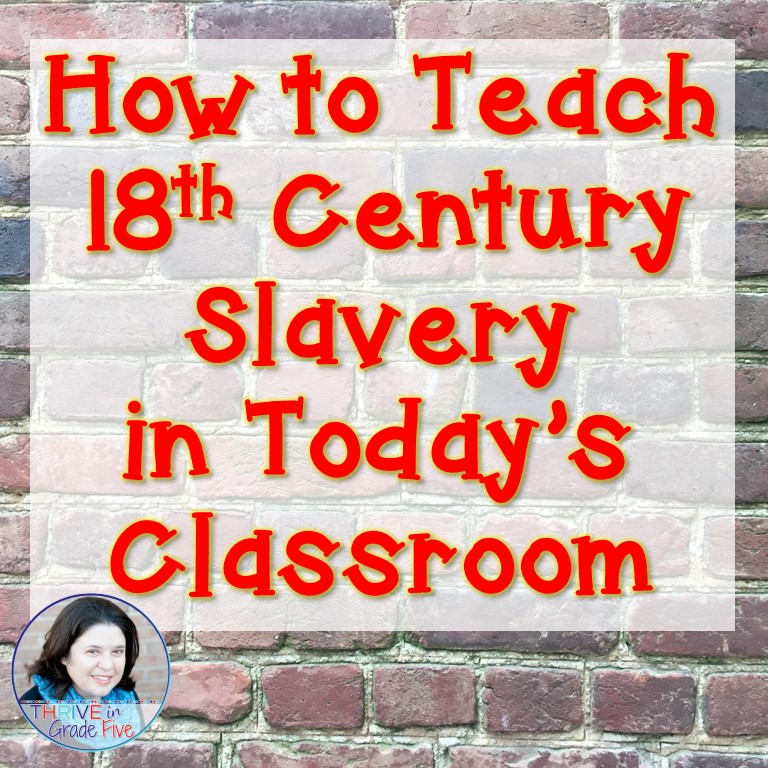
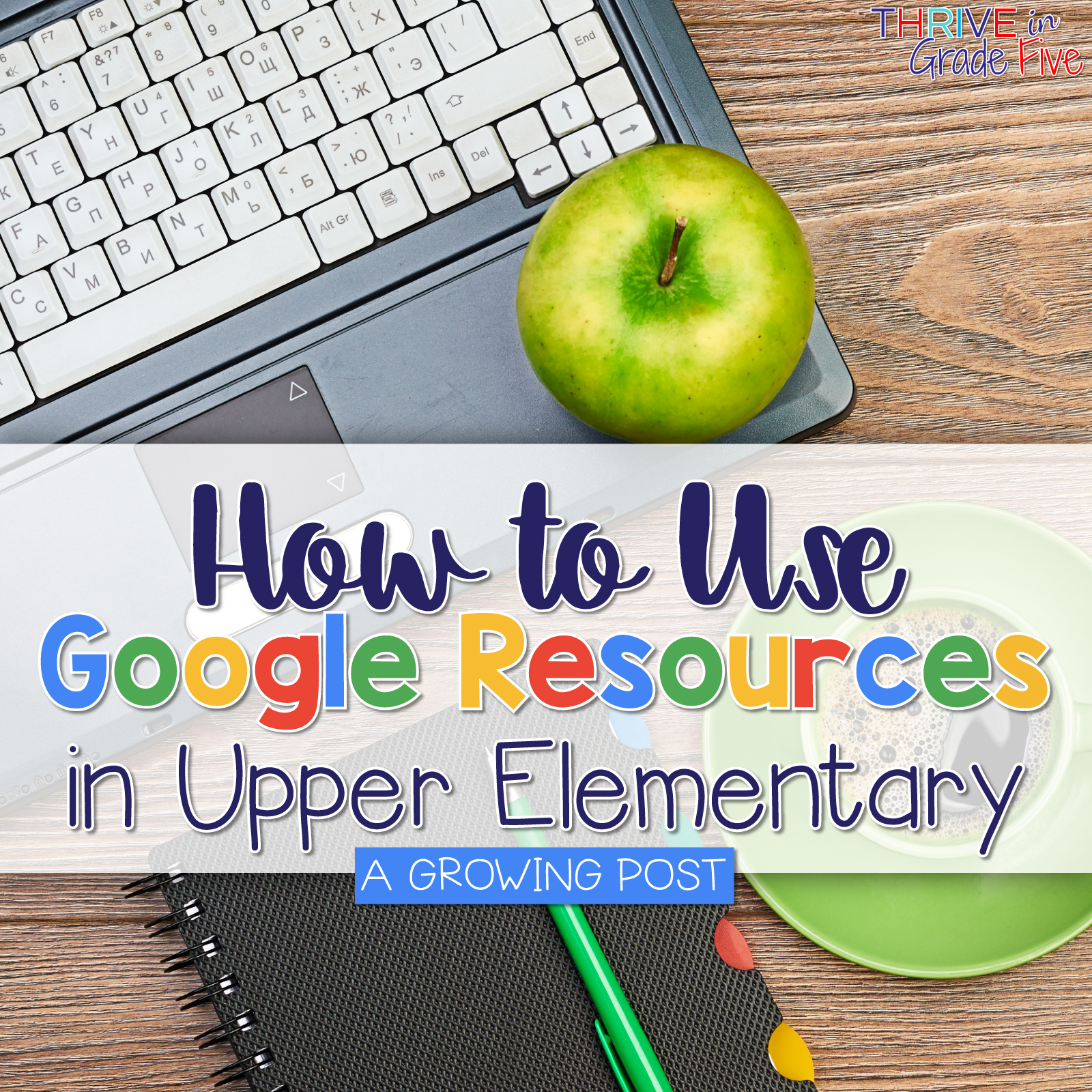
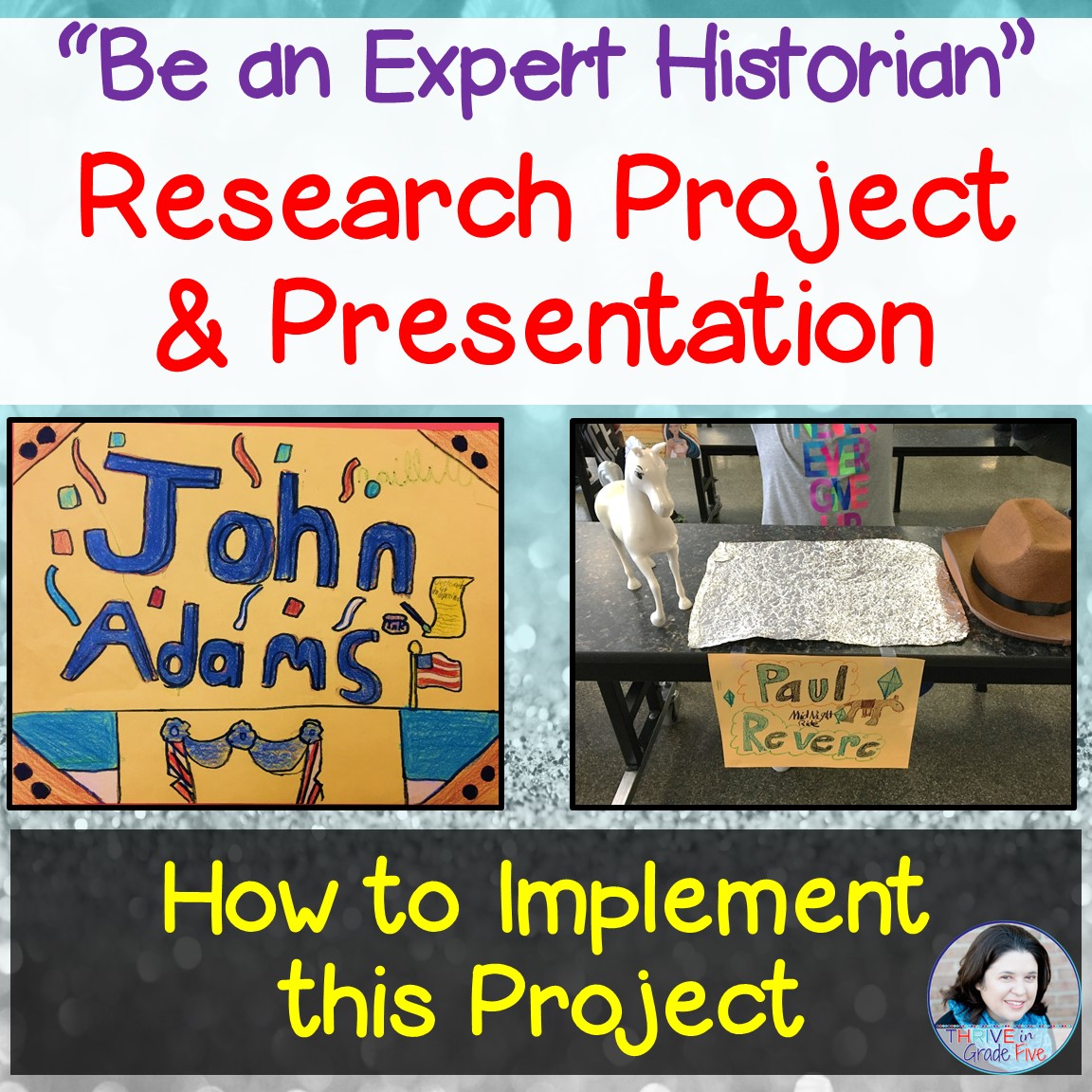
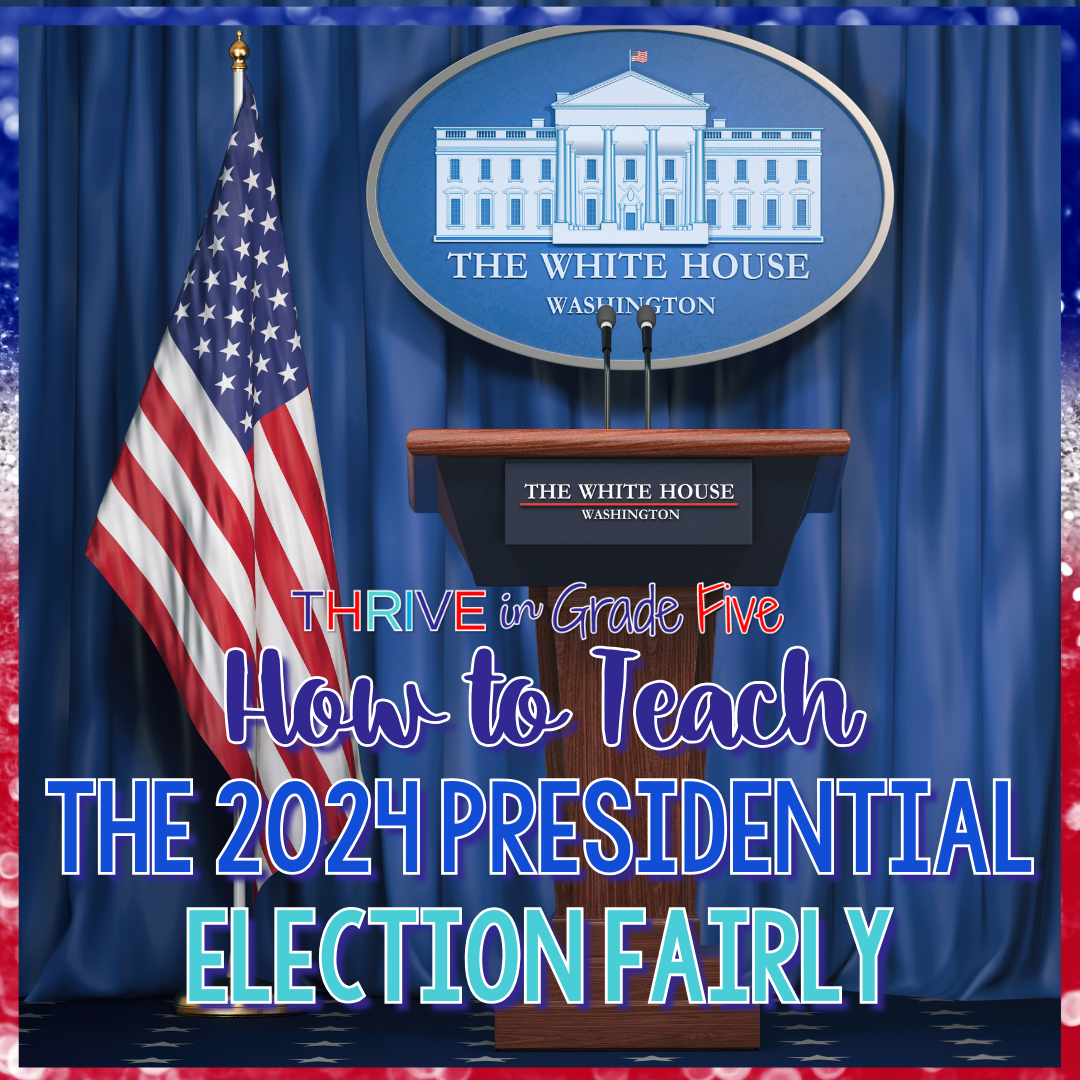


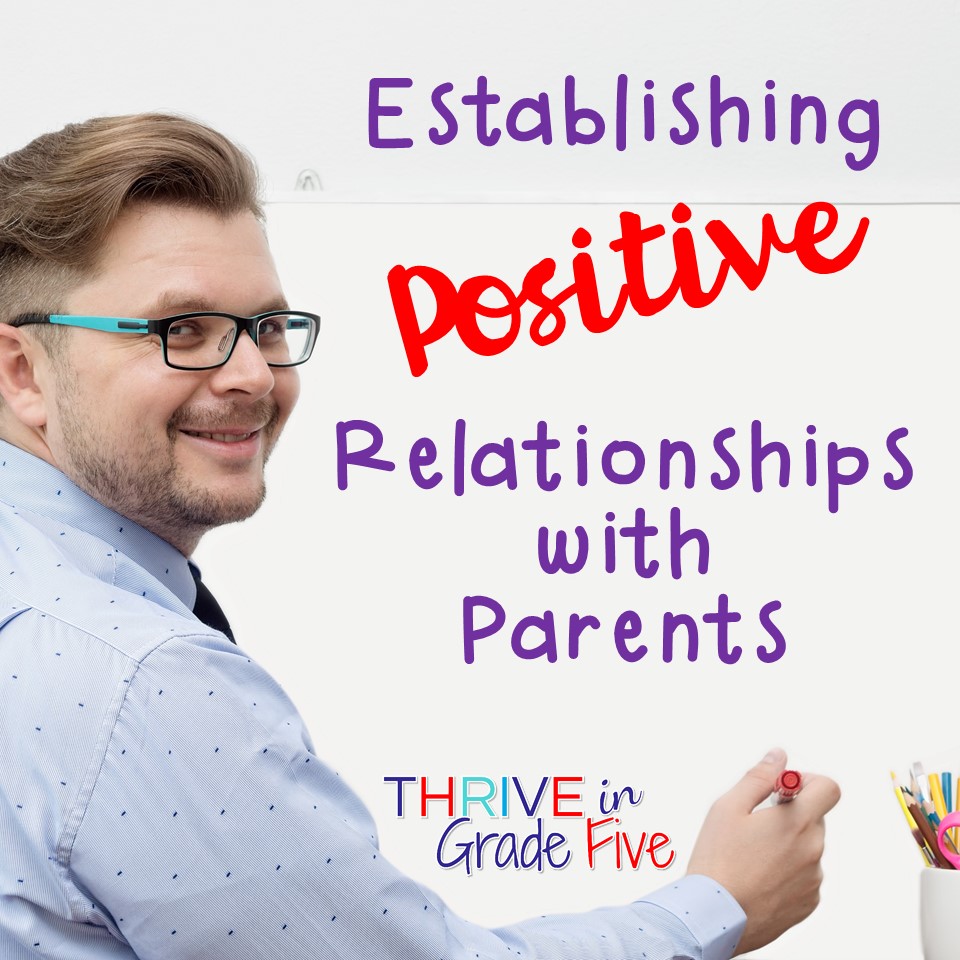
10 Comments
Thank you so much for this. It’s fantastic and incredibly helpful!
You are so welcome, Ashley! Thank you for taking the time to leave a comment!
Your guidelines and explanations are really well done. I’m a black homeschooler, and I really wish my child’s white teacher had this type of knowledge and awareness (and sensitivity) in the past. She dismissed my suggestion about teaching the students real history for Black History Month and instead opted to teach them about LeBron James and Serena Williams, as if two black athletes are “history.”
Anyway, thank you for this!
I really appreciate this comment, Cherylynn! I’m sorry you had that experience. I’d like to invite you to email me at jenifer@thriveingradefive.com so that I can share some further information with you!
Once again your suggestions, teachable moments and lessons have been incredibly helpful. As a white teacher who teaches in a diverse school, it is important for me to show my students that Black History IS American History. As my Unit of the Revolution lands in the month of February, this post and the Mount Vernon slides offer a sensitive way for me to present and consider a point of view not often shared.
Thank you.
You are very welcome! I appreciate you taking the time to leave a comment 🙂 I love that you are teaching your students in this way!
Hello, I so appreciate your blogs and willingness to share your expertise and insights. Thank you for this very sensitve way of discussing slavery as part of the American story and history.
You are very welcome, Chris! I appreciate you sharing your thoughts on this blog post 🙂
I am a first year teacher and have heard nearly all these questions from students! Thank you so much for this helpful post. I am so appreciative!
You are very welcome! I’m glad I was able to help!